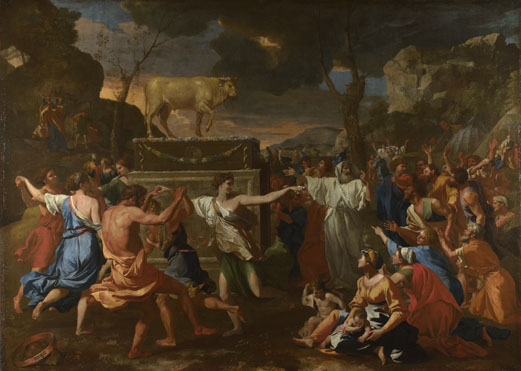The Lawndale Art Center is having its annual
Big Show this month. It's a collection of very recent (most 2011) pieces from local artists. It's free and they're open Monday-Saturday.
My favorite pictures of the show are:
* Radu Runcancu, Missing Person, 2011
* J E Theriot, Concrete The, 2009
* Jesse A. Kantu, Untitled, 2011
Here's the only drawback I came across: there's a video piece upstairs, Emily Sloan's Please Don't Tell My Parents, which is a 90-second montage of...spanking porn. It's not actually too illicit, but the volume is loud enough that the sound of a woman being spanked keeps floating through the whole gallery. On a continuous loop. It's quite distracting.
But do check out the show.




